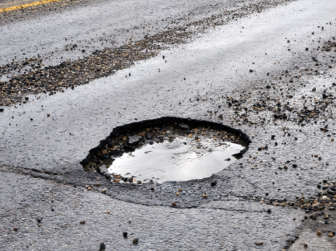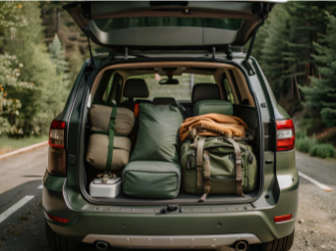Did you know that 85% of children in cars in South Africa are not strapped into appropriate car seats? According to Childsafe, passenger deaths in children are the 4th leading cause of unnatural deaths in South Africa. Even in a small crash, an unrestrained child could be thrown around inside the vehicle, injuring themselves and others.
The best way to keep kids safe is by using properly fitted and secured baby car seats or booster seats to protect them in the case of a sudden braking or crash.
Here are some guidelines:
-
Don’t hold infants on your lap or in your arms. Passengers have a split second to react in a sudden stop or collision, and it’s unlikely they can hold onto a child during this time.
-
Choose a baby car seat that matches your child’s weight to ensure they are adequately secured.
-
Always follow the manufacturer’s instructions when installing a restraint and placing your child in it.
-
Remove bulky clothing before buckling up, and put on a blanket or swaddle afterwards. The straps should be below the shoulders in the rear-facing position, and above the shoulders in the forward-facing position, with no slack to pinch.Check that the straps aren’t twisted.
-
If you have a second-hand baby car seat or booster seat, make sure you know where it’s been. Don’t use one that’s been involved in a car accident, or one that has worn straps or buckles.
-
Make sure that the car seat doesn’t tip forward or slide from side to side more than an inch.
-
Try to keep your infant rear facing for as long as possible. Research has shown that they should be rearward-facing for up to three years and longer. If there’s frontal impact these forces are distributed across the whole of the child’s back and head. If they’re facing front, their necks and heads are more vulnerable.
Car review: Hyundai Tucson
Used car shopping? Includes Extended Warranty, and other tips


